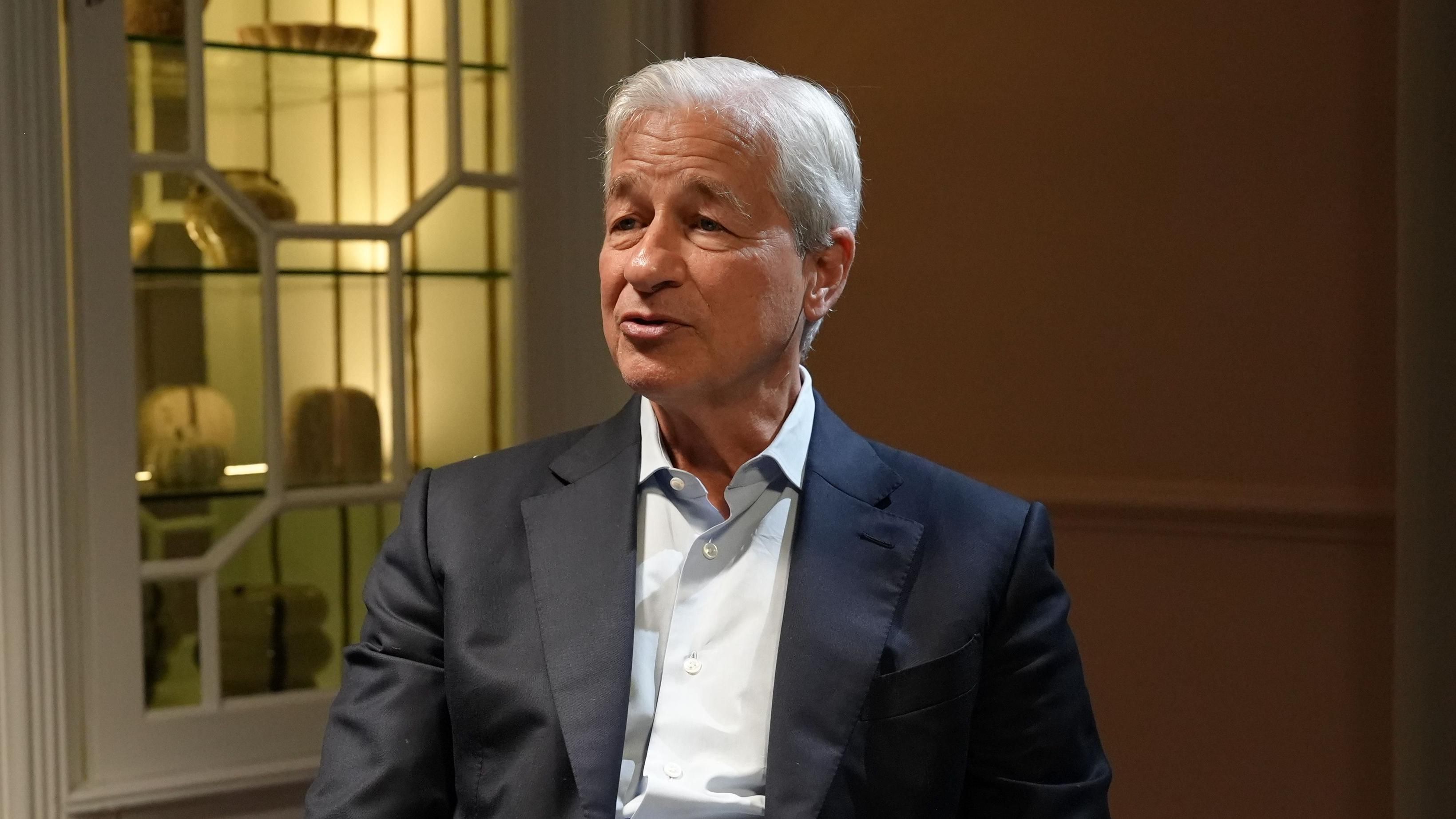Maintaining a successful business involves more than maximizing profits and growing market share; it requires resilience and preparation for unexpected challenges. One of the most effective strategies for safeguarding a company’s future is establishing and maintaining a reserve fund. This financial cushion can mean the difference between survival and failure during periods of uncertainty.
What Is a Reserve Fund?
A reserve fund represents a specific amount of money allocated by a company to address unexpected costs, urgent financial situations, or potential investment ventures. In contrast to the operational cash flow that fuels day-to-day operations, the reserve fund is intended for events beyond typical business activities. The magnitude and organization of this fund are determined by the industry, size, and risk characteristics of the enterprise.
Why a Reserve Fund Is Essential for Businesses
1. Navigating Economic Downturns
Economic cycles are inevitable, and periods of recession or market volatility can catch even well-established companies off guard. A robust reserve fund provides the financial stability needed to maintain payroll, settle accounts, and continue key operations when revenue drops unexpectedly. For instance, during the global financial crisis of 2008, businesses with healthy reserves were more likely to withstand credit freezes and demand slumps compared to those operating without a safety net.
2. Protecting Against Unforeseen Costs
Contingencies such as equipment failure, legal disputes, or compliance fines can arise without warning. For example, a manufacturing plant might experience unplanned machinery breakdowns costing thousands in repairs. Without a reserve fund, companies may be forced to take on high-interest debt, dip into operational budgets, or delay critical expenditures. In contrast, ready access to cash reserves ensures smoother crisis management with minimal operational disruption.
3. Supporting Strategic Investments
Opportunities often appear when least anticipated. Whether it involves buying out a rival, investing in cutting-edge technology, or expanding into additional markets, a reserve fund provides companies with the flexibility to respond quickly. For instance, a regional retailer with robust reserves might seize the chance from a competitor’s closure by acquiring inventory or property under advantageous conditions, thereby boosting growth with little need for external funding.
4. Enhanced Trust with Stakeholders
Lenders, investors, and partners often view a reserve fund as evidence of responsible fiscal management. According to a survey by the Federal Reserve, small businesses with emergency funds are more likely to be approved for loans and receive favorable terms, as they are considered lower risk. Stakeholder confidence increases when a company demonstrates foresight through prudent financial planning.
5. Compliance with Regulatory Expectations
Certain fields, including insurance, banking, and construction, must adhere to regulations that mandate specific reserve levels to minimize systemic risk. In areas without such regulations, having a reserve fund can help a company follow best practices, instill confidence in clients, and be beneficial during compliance reviews or contract talks.
Establishing the Ideal Volume for a Contingency Fund
The appropriate size of a reserve fund varies widely by sector and individual company dynamics. A common guideline for small businesses is to set aside three to six months of operating expenses. However, this benchmark should be adjusted for factors like revenue volatility, seasonality, and capital intensity. For instance, tech startups dependent on project-based income may require larger reserves than established retailers with predictable cash flows. A 2022 survey by the National Federation of Independent Business revealed that 44% of small businesses could only survive up to three months without revenue, underscoring the importance of realistic reserve planning.
Examples Showcasing the Effects of Reserve Funds
Surviving the Pandemic
Throughout the COVID-19 pandemic, dining establishments worldwide encountered extended shutdowns. Those with reserve funds could sustain employees, test delivery methods, enhance cleanliness protocols, and endure until they could resume operations. On the other hand, many places without these savings found themselves facing insolvency or had to close permanently.
Seizing Acquisition Opportunities
In the wake of sector disruptions, several mid-sized firms leveraged reserves to acquire distressed competitors. A North American logistics company used its fund to purchase smaller firms at deeply discounted rates, expanding its customer base and infrastructure at a time when credit was scarce. This proactive use of reserves translated into doubled revenue within two years post-acquisition.
Implementing a reserve fund is an exercise in foresight and resilience. Beyond mitigating immediate threats, it shapes a business’s ability to adapt, compete, and thrive amid uncertainty. Every business, regardless of size or industry, stands to benefit from proactive reserve planning. The discipline required to build and protect these funds also instills a culture of responsibility and agility—traits essential to long-term enterprise success.




